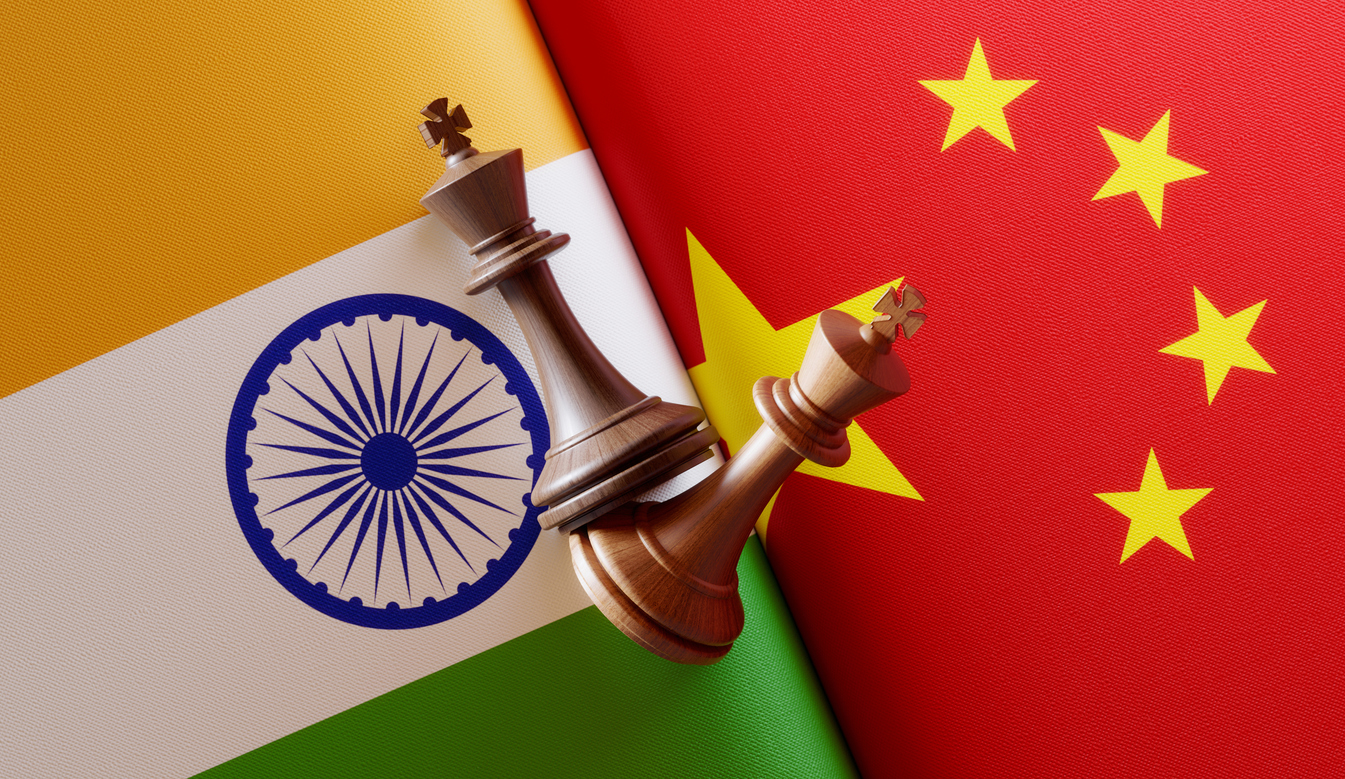
INDIA’S PUSHBACK AGAINST CHINA : HOW RISK PRONE IS THIS GAMBLE? PART 2
 Thu, 28 Mar 2024
| Reading Time: 6 minutes
Thu, 28 Mar 2024
| Reading Time: 6 minutes

From Part 1
Is the Indian push back that we have witnessed in the last few weeks, and serially discussed in several video discussions, sufficient in weight and content to convey a message to China? Is it a cautionary measure and will China take it as such? Or will China come hurtling down once again along the Tibetan highways to coerce India in the same way it is attempting with Vietnam and Indonesia. With the US deep in its election fever and unable to influence either the Ukraine or the Gaza situations, it is Taiwan which should draw China’s gaze. However, that may be a little overboard for it because with Taiwan it’s not just threats that it can make but apply all its military power. In the case of India’s northern borders, a statement by demonstration of China’s military power could make an impact, or equally could fail and be forced to be then postponed for long.
India’s Strategy and Current Approach
India is sensitive to the fact that a general war in the subcontinent involving China could well lead to a larger conflagration involving Pakistan – a dual front war. Its intent of raising the level of its economy is a major factor in all strategic and geopolitical considerations of India. Therefore, war avoidance while maintaining readiness has largely been our geopolitical strategy and likely to remain. China follows a strategy of calibrated provocation with the intent of coercing us, focusing our attention on the northern borders, using communication strategy liberally to convey its own technical, economic and military superiority and keep our attention diverted from the maritime zone. It is well known that China fears its own weakness in the Indian Ocean region due to the distance from China’s Eastern seaboard and the proximity enjoyed by the Indian maritime forces in the Indian Ocean.
Given the outcomes of recent conventional wars it is unlikely that China will want to fully test India militarily. An odd skirmish by local build-up of superiority, or a provocative act such as missile firing on our border facilities and assets may be the limit to which China may wish to indulge in. These are situations which can remain in its control and which it can invariably deny if it wishes to or ascribe an Indian provocation to its cause. The spectrum of activities in low intensity hybrid type of border wars can be innumerable. The Indian strategy has evolved in its own right, and it’s not just non provocative and defensive. A calibrated set of offensive actions has also been built into it. Shades of it are already evident in the last few weeks although many of the actions which form part of the strategy have evolved over the last few years.
After April 2020, the first of India’s response actions was the ratcheting up of the deployment of troops at the LAC. Almost 50,000 troops now hold Ladakh. These were either added or redeployed for easy availability as reserves. A major accretion was the quantum of mechanized elements inducted into Ladakh, courtesy the improved strategic lift capability. We also rapidly added to the infrastructure to make our warfighting capability much more effective. One of the most interesting aspects was the re-orbating of various formations with no fixed allocation. It’s due to this that China keeps observing that India has enhanced its strength at the LAC after every winter; dynamic order of battle is always useful in keeping the adversary guessing but is also considered a provocation just as the PLA is imagining the addition of 10,000 troops in Ladakh. The decision to recast the Army’s Central Command has been a game changer. With HQ Uttar Bharat Area under conversion to a full-scale Corps HQ and bringing both Himachal Pradesh and Uttarakhand under it, the long pending low-profile nature of this area has received a major fillip.
In four years, the Indian Government has got its act together in many spheres of self-reliance through the Atma Nirbharta route which has contributed to confidence building and a calibrated push back against China. The two wars in Ukraine and Gaza have further reinforced the futility of all-out conventional war between adversaries; military victory under these modern conditions is considered remote.
Over the last few months, the nature of India’s pushback entered other domains, including that of geopolitics, in a more decided way. The successful launch of the Agni 5, a missile with a threshold range falling between that of the ICBM and IRBM, along with demonstrated technology for the Multiple Independently Targetable Reentry Vehicle or MIRV, brings India at par with the big powers league who possess this technology. Numerically India may yet not be at par, but a degree of deterrence is now possible against the future employment of missilery, both conventional and of the nuclear warhead variety. China’s urban centres which could be potential targets are far from its battle zone on the LAC, unlike ours that exist offering themselves as targets due the relative proximity. With extended range missiles now within our self-reliant reach, India’s push back capability has enhanced. The MIRV variety gives us options for multiple targets too.
The construction and inauguration of the Sela tunnel, not purely for strategic purposes but also for the social and economic wellbeing of the people of the Kameng division is again a force multiplier enabling lower dumping of stocks across the tunnel and providing accessibility to troop movement 365 days. It’s a psychological boost to operational planners and helps overcome some mind-sets about Sela pass which have persisted since 1962.
The Prime Minister’s presence in Arunachal Pradesh may have been routinely objected to by China but his visit to Bhutan would definitely have been noted with consternation. Bhutan was the country which China was hoping to wean away from its strong linkages with India, almost on the lines of the Maldives. Three months ago, I had strongly advised that Muizzu’s shenanigans in Maldives be ignored as none, but India can give him and his nation a leg up in the dwindling fortunes brought about by climate change. That has already happened. India need not be conservative in its approach to assisting the nations of the neighbourhood; China has chosen this line to isolate us in our own neighbourhood.
Last of the pushbacks has been in the maritime zone where the new Indian Naval base at Lakshadweep archipelago, INS Jatayu will effectively be the country’s second naval base in Lakshadweep. It will help keep a watch over the crucial channels west to east and vice versa in an area of intense PLA Navy (PLAN) interest for the protection of its commercial sea lanes. Already four observation vessels are allegedly in the Indian Ocean to show PLAN interest.
The Indian Navy’s pro-activism in the Red Sea and the western Arabian Sea against piracy and the success gained has placed it very high in the pecking order of international navies. This too is not viewed very positively by China’s PLAN which has made serious efforts at carving a niche here with active cooperation of the Pakistan Navy and ready access to Gwadar and its own base at Djibouti. A response from PLAN could be possible, although far from its comfort zone it may yet mull before decisive action.
China can sense a changing India under Prime Minister Narendra Modi. It has the option of reverting to the 2014 response of cooperation with some strategic signalling to continue the relationship on the basis of the same old grey zone it had created. It can also go openly hostile to make India much more cautious and could even plan a short rogue spoiling action against us in which victory or loss would be difficult to read; just to indicate its unwillingness for the acceptance of India at the high table. There are several other options but one that it may most likely choose is to await the outcome of the current run of geopolitical events before responding. These events are the US elections, the Ukraine war and the parleys for ceasefire and the outcome of the Gaza war. Much of the pushbacks by India have therefore been made with relatively less likelihood of any response and hence the lower risk, except that of enhancing animosity. However, this risk profile will not run on a permanent basis since the geopolitical events which are bracketing them are also not static. India must therefore continue to play its stakes but progressively with greater diligence. Conjecture has it that the Indian Army’s Central Command area of responsibility could be the most likely testing ground for a border contact of a slightly higher intensity. We just need to be vigilant all along the LAC and be more cautious of those locations where a stalemate or ‘no result’ would not be perceived as a defeat for the PLA; the Central Sector being one most likely such area.
The hybridity of operations that China usually pursues would extend to the cyber domain where we have been tested more than once. It’s a domain where the signature of the originator is usually low, adding to the greyness. India may like to also enhance its own offensive cyber capability as in this domain two can play the game.
Lastly, the impending theatre concept will need to look at the above analysis with diligence and see how the balance between the continental and the maritime strategy remains on even keel. This balance is the key to India’s pushback and China’s future potential discomfort.
Disclaimer
The opinions expressed in this article are the author’s own and do not reflect the views of Chanakya Forum. All information provided in this article including timeliness, completeness, accuracy, suitability or validity of information referenced therein, is the sole responsibility of the author. www.chanakyaforum.com does not assume any responsibility for the same.
Chanakya Forum is now on . Click here to join our channel (@ChanakyaForum) and stay updated with the latest headlines and articles.
Important
We work round the clock to bring you the finest articles and updates from around the world. There is a team that works tirelessly to ensure that you have a seamless reading experience. But all this costs money. Please support us so that we keep doing what we do best. Happy Reading
Support Us





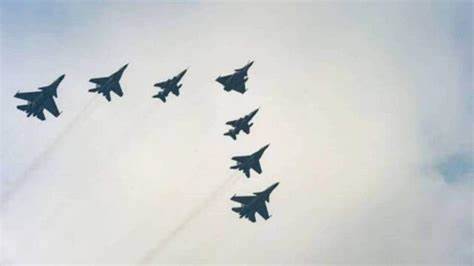

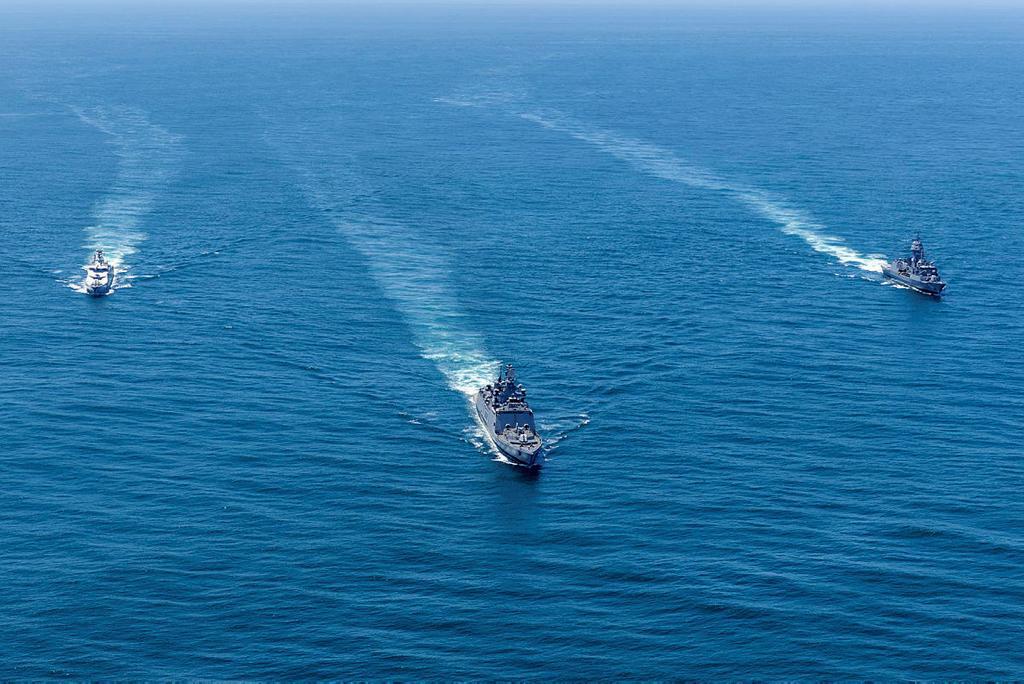



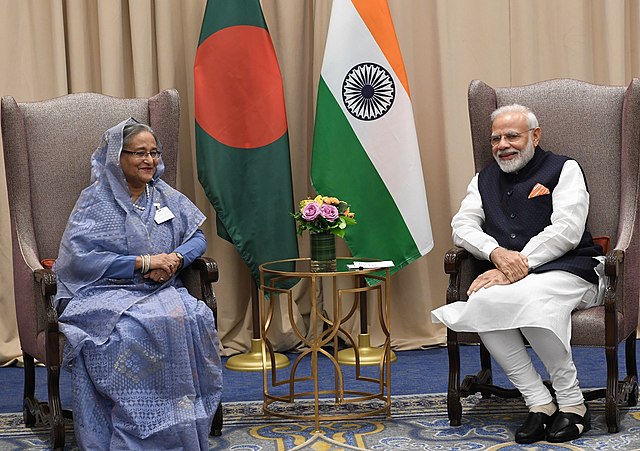
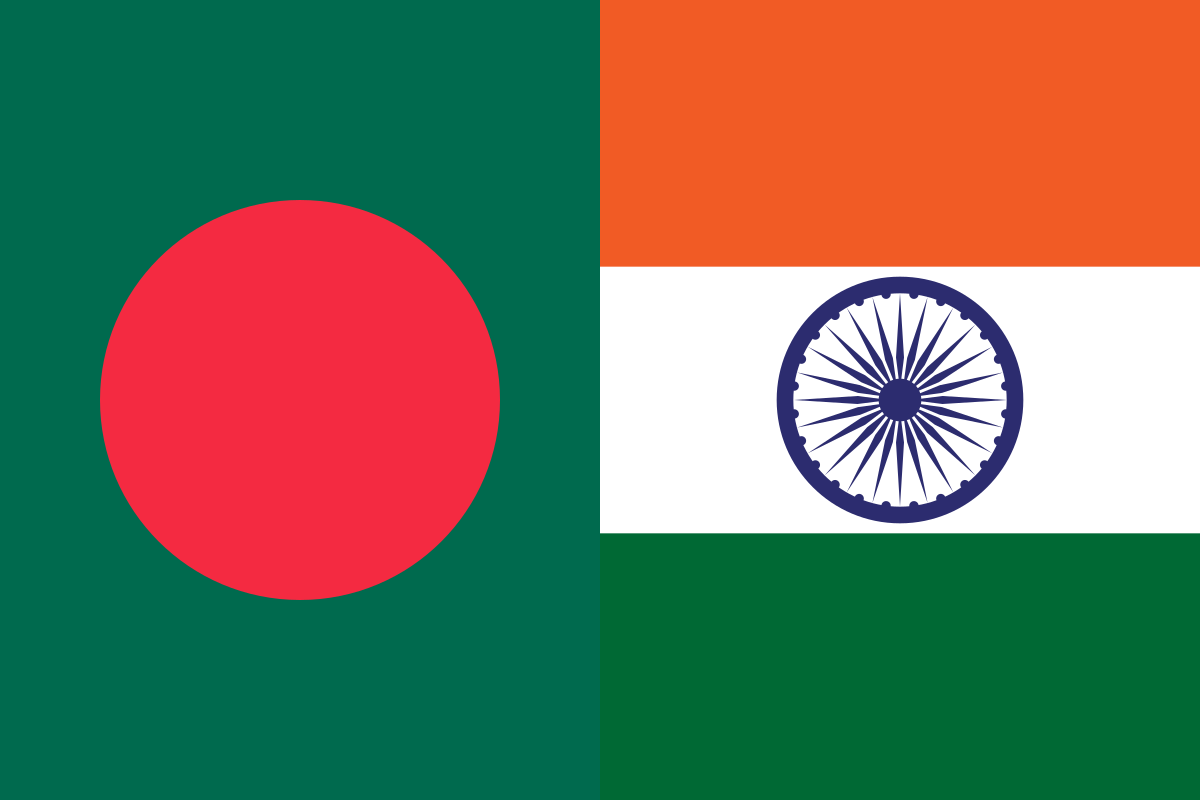








POST COMMENTS (0)